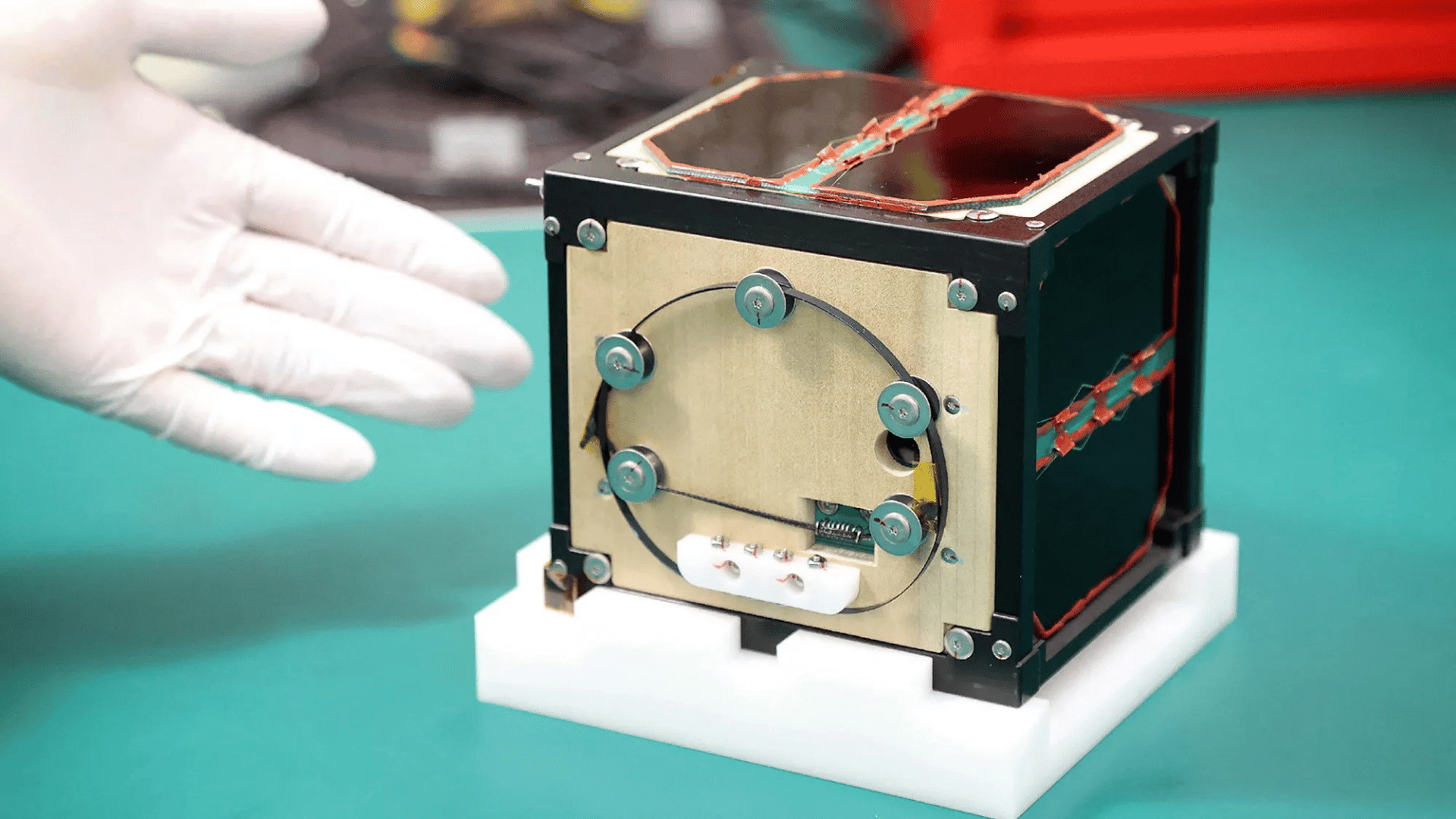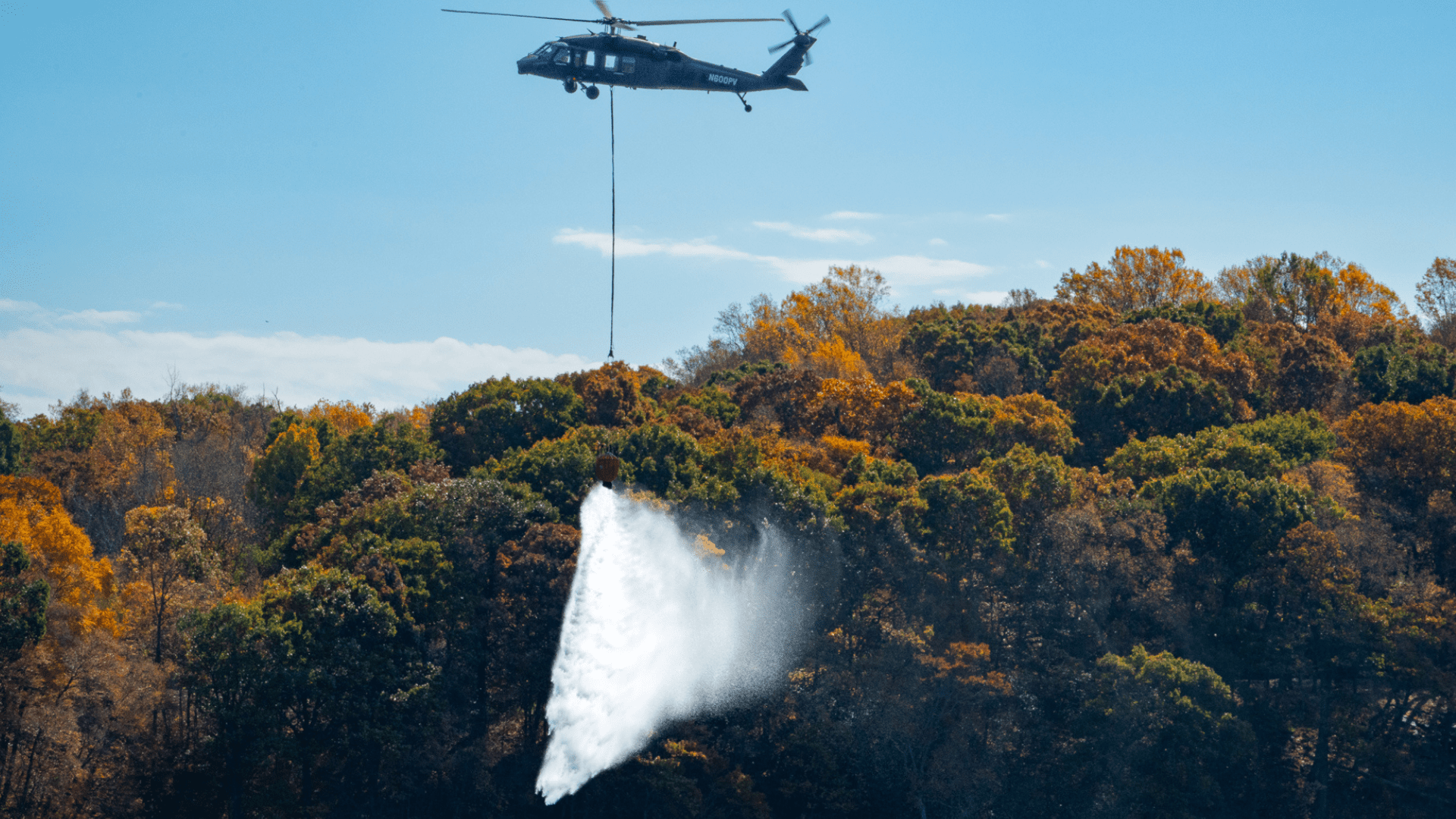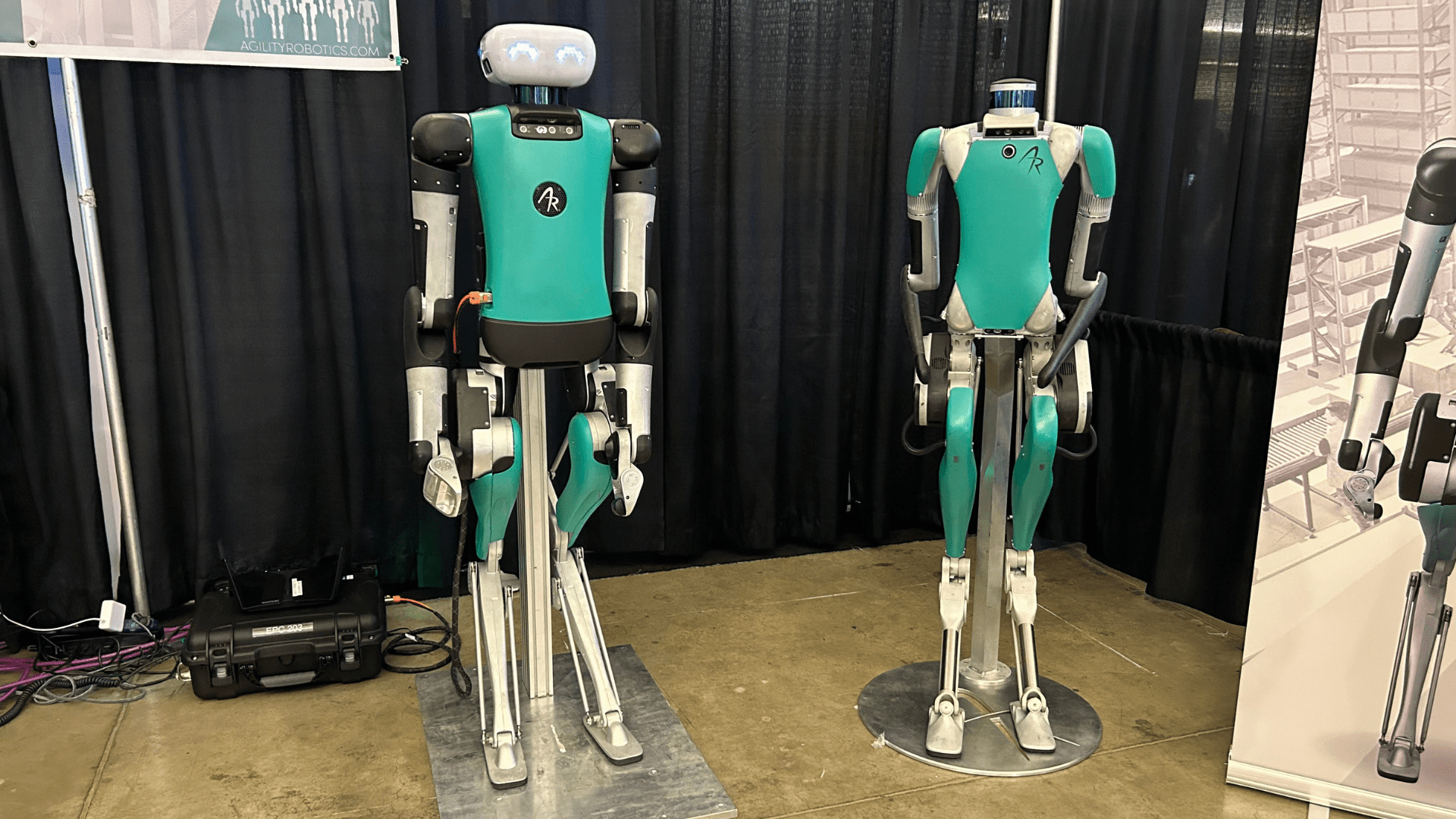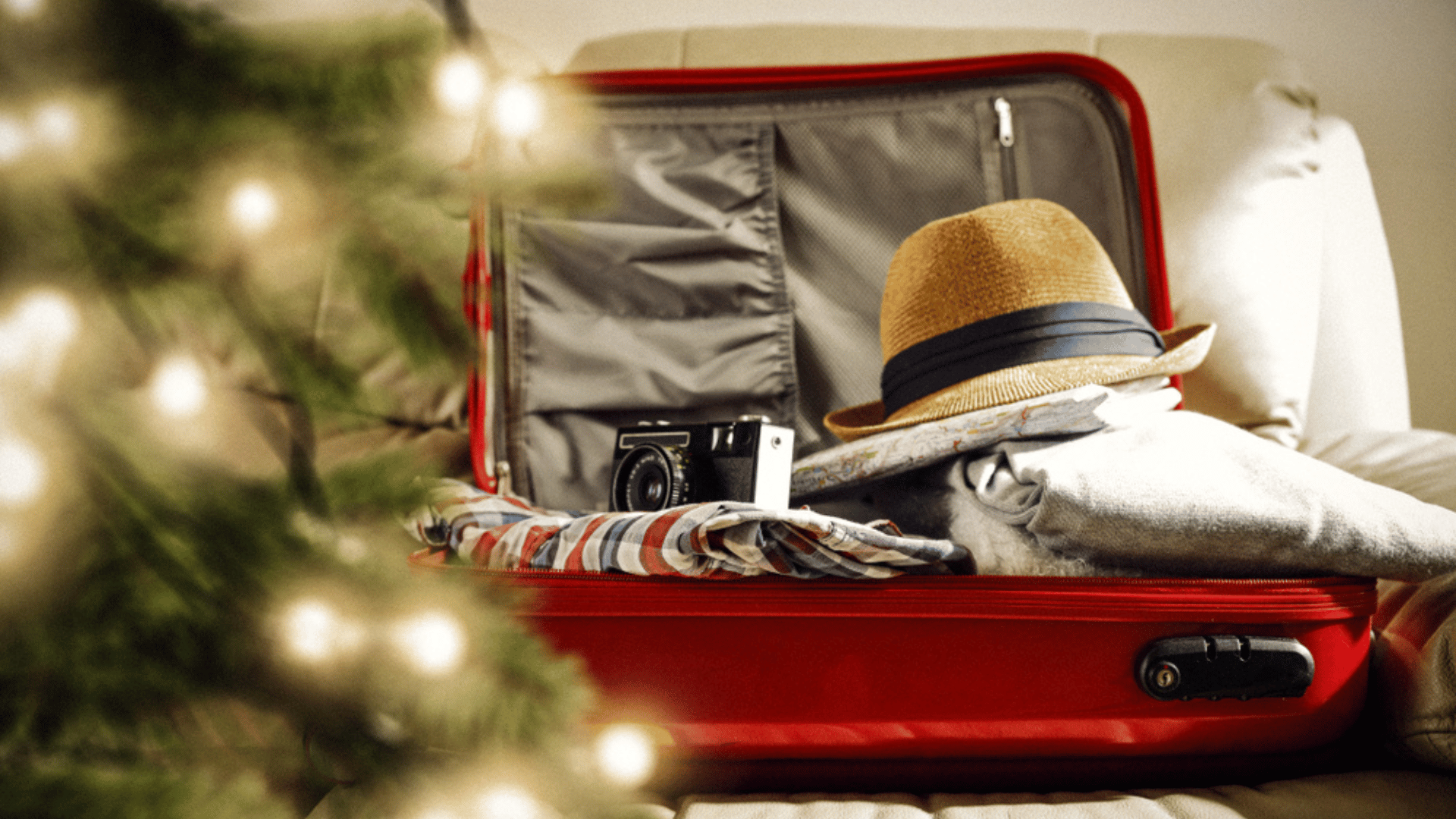The air taxi company Joby Aviation received a major investment from the car manufacturing giant Toyota. Toyota and Joby announced that the car brand would invest an additional $500 million, bringing Toyota’s total investments in Joby to $894 million.
Toyota x Joby
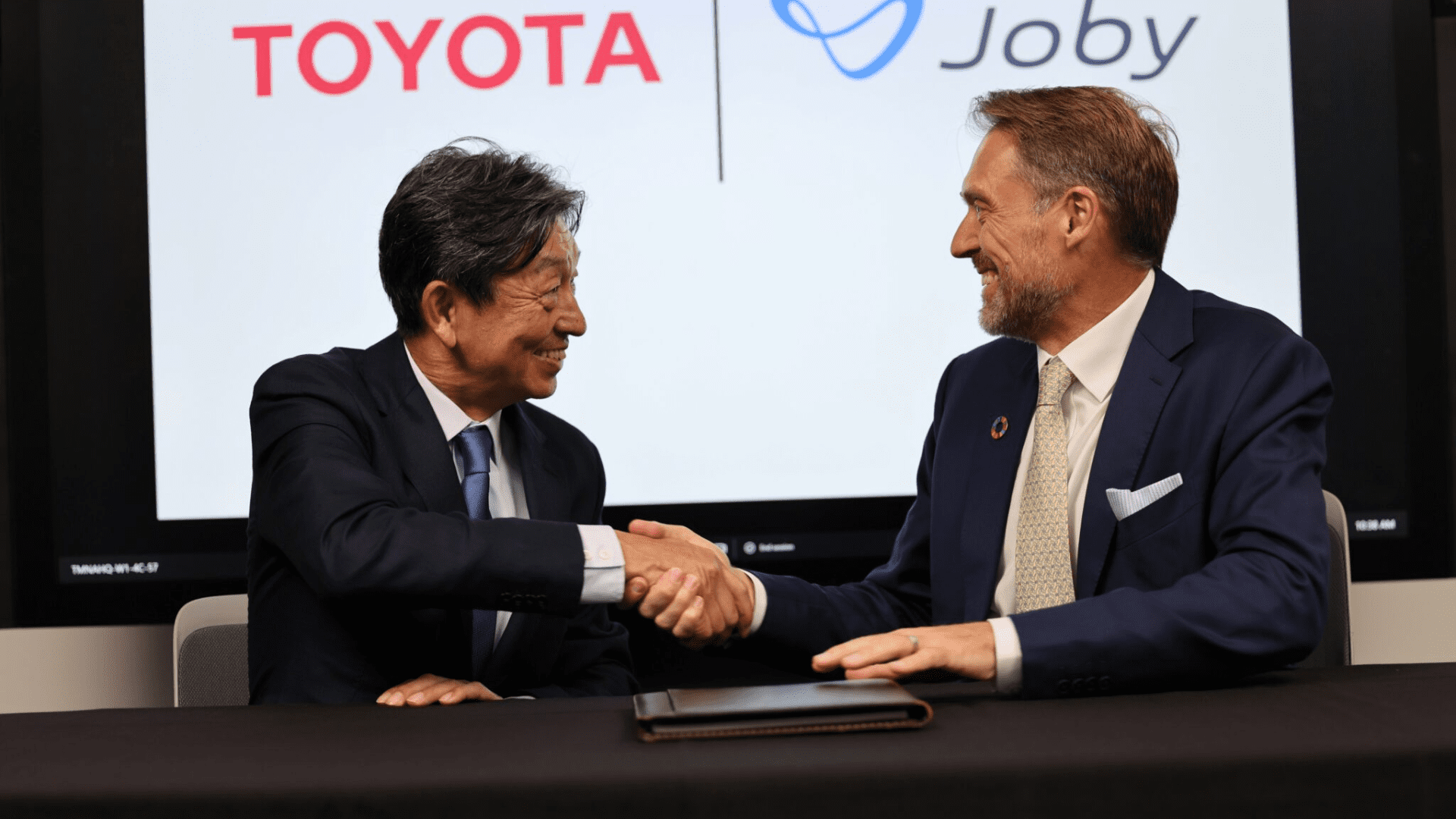
Joby specializes in electric air taxes, called electric vertical takeoff and landing aircraft (eVOTL). The two companies believe they share a vision of air mobility. In addition, both companies are interested in hydrogen power. Toyota has vehicles on the market that run on hydrogen, and Joby recently conducted a test flight on a hydrogen-powered air taxi.
Toyota’s investment will be made in two portions, one later this year and the second in 2025. According to the two companies, funds will support certification and commercial production of Joby’s electric air taxi. Investment terms include plans to establish a manufacturing alliance for the first commercialization phase.
Joby Aviation’s Founder and CEO, JoeBen Bevirt, said, ” Toyota’s knowledge and support have been instrumental in Joby’s success, and we look forward to deepening our relationship as we deliver on our shared vision for the future of air travel.”
Toyota engineers and the Joby Aviation team now work side-by-side with each other. In 2023, the two companies signed an agreement for Toyota to supply key powertrain and actuation components for producing Joby’s aircraft.
Air Taxis
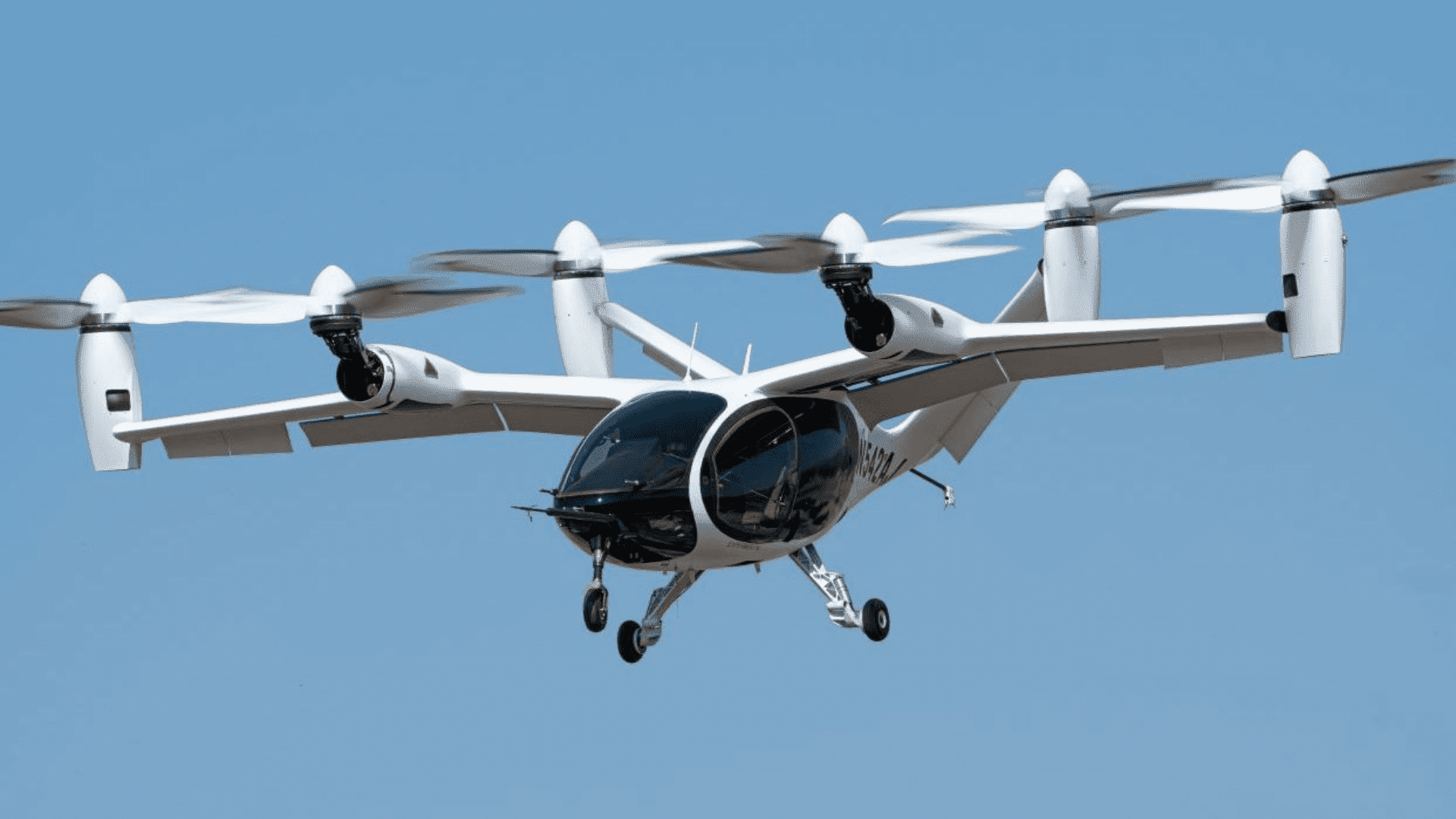
Joby’s air taxi looks like a cross between a helicopter and a drone. Since the aircraft is electric, it’s quiet as it flies. Six electric motors operate it, and it can reach up to 200 mph. Since 2017, Joby’s prototype has flown over 30,000 miles. Joby expects to launch commercial use of the eVTOL in 2025. Flights include four passengers and one pilot.
Air taxis and eVOTLs fall under the umbrella term Advanced Air Mobility (AAM). According to the Federal Aviation Administration (FAA), AAMs have several potential uses. For example, they could be used to transport cargo or passengers and could even help firefighters. They could also help in search and rescue situations. \
One big “attraction” for air taxis is the busy city environments and the ability to avoid traffic to and from airports. Last November, Joby Aviation flew the first air taxi flight in New York City, the first time Joby had flown in an urban setting.
Tetsuo “Ted” Ogawa signed the agreement as the Operating Officer on behalf of Toyota Motor Corporation. He said, “We share Joby’s view that sustainable flight will be central to alleviating today’s persistent mobility challenges.”


